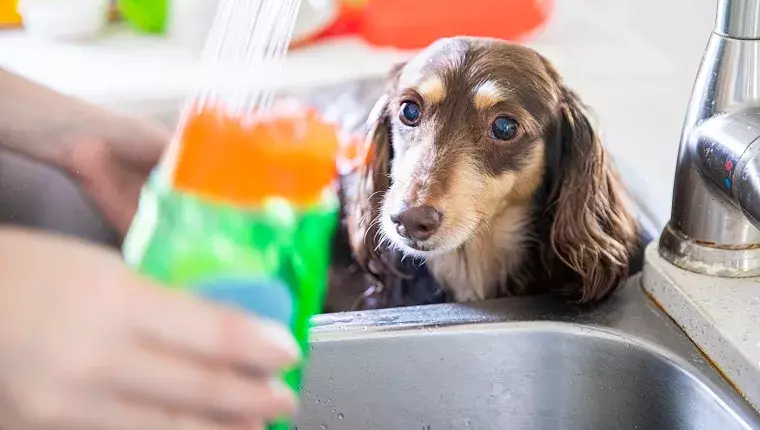Maintaining a dog’s coat and skin is crucial not only for aesthetic reasons but also for their overall health and well-being. Several factors, including environmental changes, underlying health conditions, and dietary choices, can profoundly influence the quality and appearance of a dog’s skin and coat. Pet owners need to be proactive in their grooming routines to ensure their furry friends are both comfortable and looking their best. This article delves into effective techniques, grooming products, and dietary strategies to promote healthy, vibrant fur.
Dogs are subjected to varying environmental conditions throughout the year, which can impact their skin and coat. Seasonal changes often lead to shedding, while allergies can trigger itching and discomfort, leading to further coat problems. Additionally, specific medical conditions like dermatitis or parasites can significantly worsen a dog’s coat health. Understanding these factors is the first step towards effective management. Regular veterinary check-ups are vital in identifying any underlying problems that may require timely intervention.
Diet also substantially affects a dog’s skin and fur. Nutrient-rich food, particularly one rich in omega fatty acids, plays a critical role in maintaining healthy skin. Ingredients such as fish, flaxseed, and certain grains, when incorporated into the dog’s diet, can make a significant difference in fur quality, providing the essential oils necessary for a shiny coat.
Regular grooming practices are key to a dog’s coat health. Not only does brushing help remove debris and loose fur, but it also stimulates the skin’s natural oils that keep the coat lush and shiny. Additionally, grooming can help in spotting any abnormalities, such as bumps, hotspots, or signs of parasites. Investing in the right grooming tools can significantly streamline this process.
When selecting a brush, it’s important to choose one suited for your dog’s specific coat type. For example, dogs with thick fur may benefit from a slicker brush, while those with shorter coats might do well with bristle brushes. Regardless of your dog’s fur type, maintaining a regular grooming schedule — ideally once a week or more frequently during shedding seasons — can help minimize mess at home while ensuring your pup’s coat remains healthy.
To aid in maintaining a healthy coat, the market offers a variety of grooming products tailored for different needs. One standout product is a high-quality shampoo that combines cleansing with conditioning capabilities. Look for formulations that are free from harsh chemicals and instead incorporate soothing natural ingredients like aloe vera and essential oils. These ingredients not only clean effectively but also offer moisturizing benefits, making bathtime less stressful for both the dog and the owner.
A versatile grooming brush is another crucial tool. Some brushes are designed specifically to eliminate excessive shedding, a common problem among many breeds. These brushes often employ unique bristle arrangements to effectively reach both the top and undercoat, ensuring a thorough grooming session.
The adage “you are what you eat” rings particularly true for our pets. Selecting a high-quality dog food featuring key ingredients like salmon, which is rich in omega-3 fatty acids, can significantly enhance your dog’s coat and skin condition. Foods that are specifically formulated to cater to dogs with allergies or sensitivities also prove vital in preventing further skin irritations. Look for options that are free from common allergens, such as soy, corn, and wheat, which can trigger adverse reactions in some dogs.
Additionally, incorporating nutritious treats into your dog’s diet not only serves as an occasional reward but can also contribute to maintaining skin and coat health. Opt for treats that contain beneficial ingredients and are devoid of harmful additives like rawhide. Such choices can keep your dog entertained while providing health benefits that enhance their overall appearance.
In cases where dogs have dermatological concerns, professional-grade products may be necessary. Hypoallergenic treats formulated specifically for dogs with sensitive skin or food allergies are available. These treats not only provide flavor but also contain essential vitamins and minerals that support skin and coat health. Always consult your veterinarian before introducing new products, especially those designed for specific medical conditions.
Maintaining your dog’s coat and skin health involves a combination of proper grooming techniques, nourishing food, and sometimes, specialized products. By understanding your dog’s specific needs, practicing regular grooming, and ensuring they have a balanced diet rich in essential nutrients, you can promote a shiny, healthy coat. Ultimately, a proactive approach will not only make your dog look their best but will also enhance their overall well-being, leading to a happier, healthier pet.

